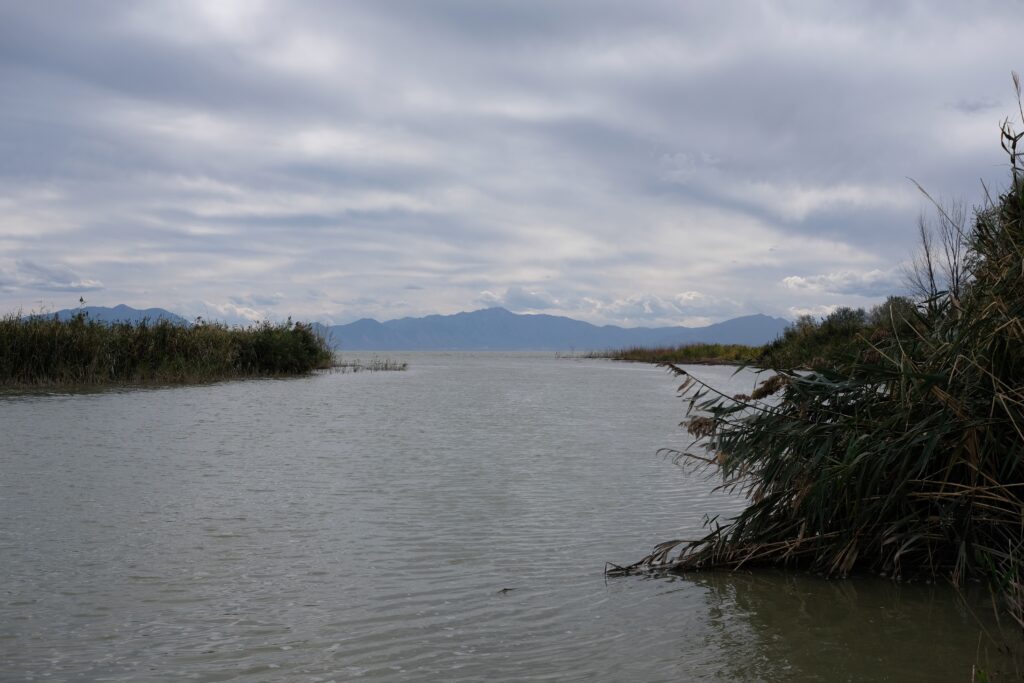The start of the Jordan River along the north shore of Utah Lake is pictured on Monday, Sept. 16, 2024. The Utah Division of Natural Resources recently announced a 10,000 acre-foot donation of water to the Great Salt Lake, conveyed by the Jordan River. (Kyle Dunphey/Utah News Dispatch.)
By the year 2060, Utah will have nearly $60 billion in water infrastructure needs, including improvements to drinking water, water quality and irrigation.
That’s according to a report from the Utah Division of Water Resources, delivered to lawmakers last week by director Candice Hasenyager during a Legislative Water Development Commission meeting.
According to Hasenyager’s report, the state will have about $38.2 billion in drinking water needs, $15 billion for water quality needs and $6 billion for irrigation and canal projects, all by 2060.
“When we look into the future, we have significant water needs,” Hasenyager told lawmakers during the meeting, calling it a “big, big number.”
Hasenyager pointed to a 2020 report from the American Society of Civil Engineers, which found much of the state’s water infrastructure needs updating. Utah’s canals got a D+, its dams got a C+, its drinking water infrastructure got a B- and its levees got a D-.
Those areas will all require funding for upgrades in the coming decades, Hasenyager said.
“We all know there is a need for it, and these projects are not getting any cheaper, so the sooner we get them done, the better,” said Sen. David Hinkins, R-Ferron, during the meeting.
Funding for water infrastructure comes from a variety of sources — local water suppliers and water districts can help shoulder the burden for local projects, funded by user fees and property taxes. The state takes 1/16 of every penny to fund different water programs, and takes another 1/16 for the Water Infrastructure Restricted Account, which as of 2024, had a balance of about $241 million.
The state offers grants and appropriations for water projects, and although Hasenyager said federal funds are dwindling, they are still used for infrastructure in Utah.
YOU MAKE OUR WORK POSSIBLE.

